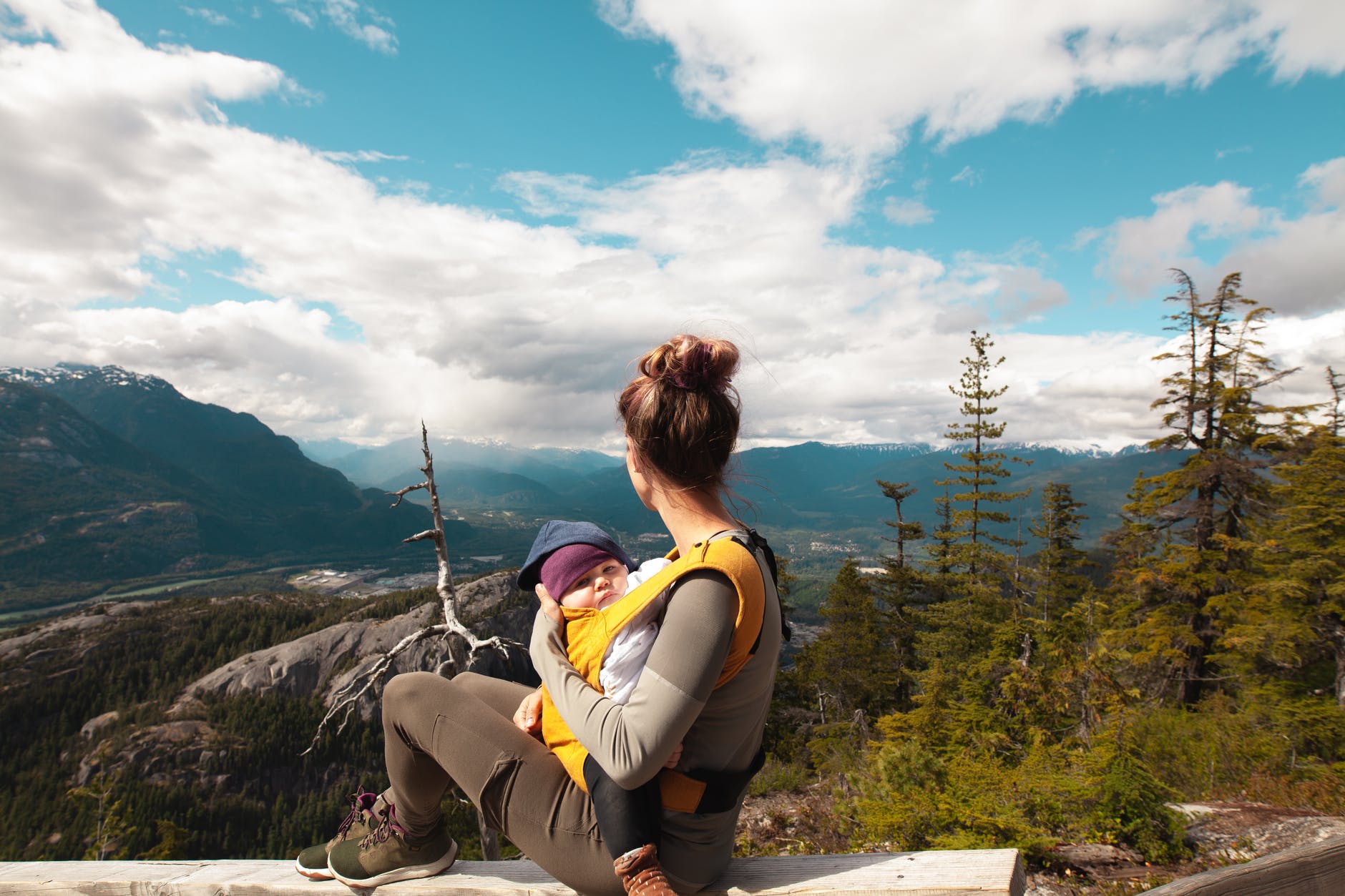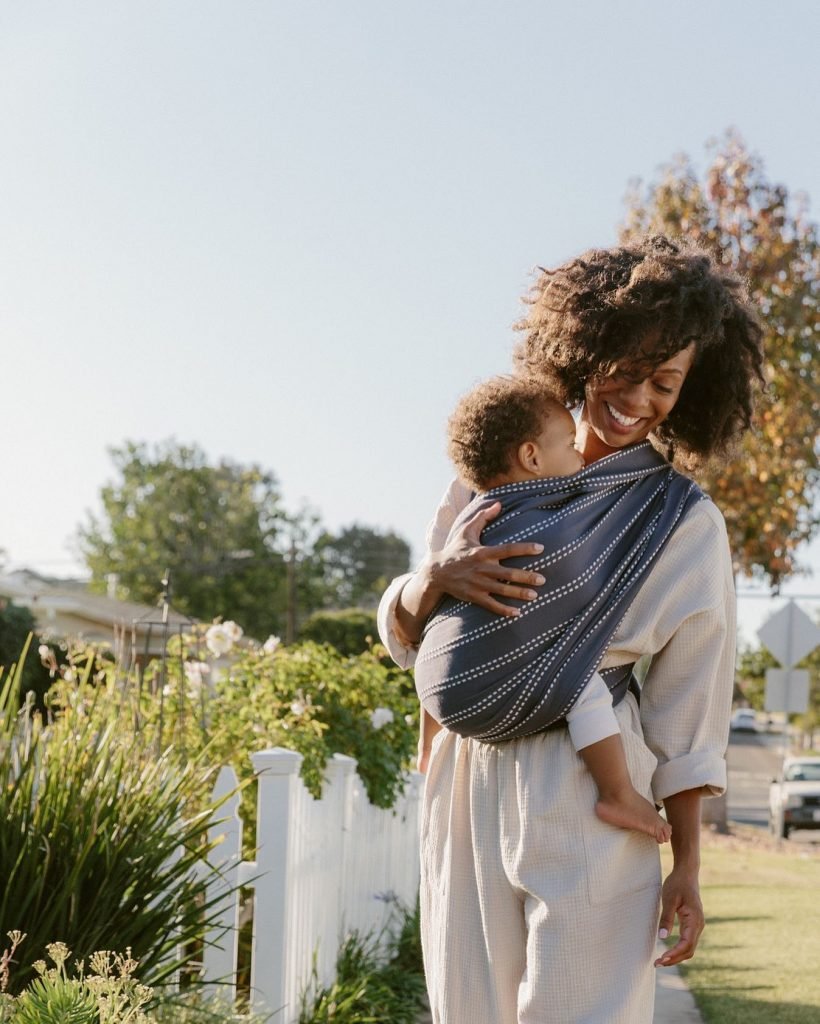The Ultimate Guide for Buying Your Baby Carrier
It’s hard to resist the urge to spend as much time with your baby when they are so cute and cuddly. You should take many pictures, enjoy their cuteness (and sleepiness!). But your day doesn’t end there. You need to take care of household chores like the laundry or dishes — just making sure everything has been taken care of before coming back for more snuggles! It’s not always easy to do that when your baby always needs your attention. You will often feel like a weightlifter mom after a while, too! But, as long as they’re supported by something sturdy (like your trusted carrier) then we can get through anything!
Baby carriers are lifesavers these days because not only are they well-designed, but these things also help us out during grocery runs, walks in the park, and other activities that require bringing the baby.
When you find yourself in the market for a baby carrier, there are many brands and styles to choose from. Whether your needs center around comfort or convenience — this article will help! To make sure that you’ll get what you need out of your purchase, we’ll guide you in taking an objective look at how different types of carriers work. Hopefully, before you make any decisions and check out that baby carrier on your online cart.
Why Babywearing is Important for Your Little One
Parents may be wary about wearing their babies or using baby carriers for various reasons. We can understand the parents’ hesitation since you simply want the safest and most comfortable option for your little ones. Here’s an interesting study: there’s increasing evidence that babywearing may be the best way to bond with your little one. Apart from many other benefits, this practice promotes bonding and facilitates breastfeeding which allows moms time for themselves while caring for older siblings or their partners, who need attention too! Some people even say it can prevent postpartum depression by facilitating secure emotional connections between the parent and her child.
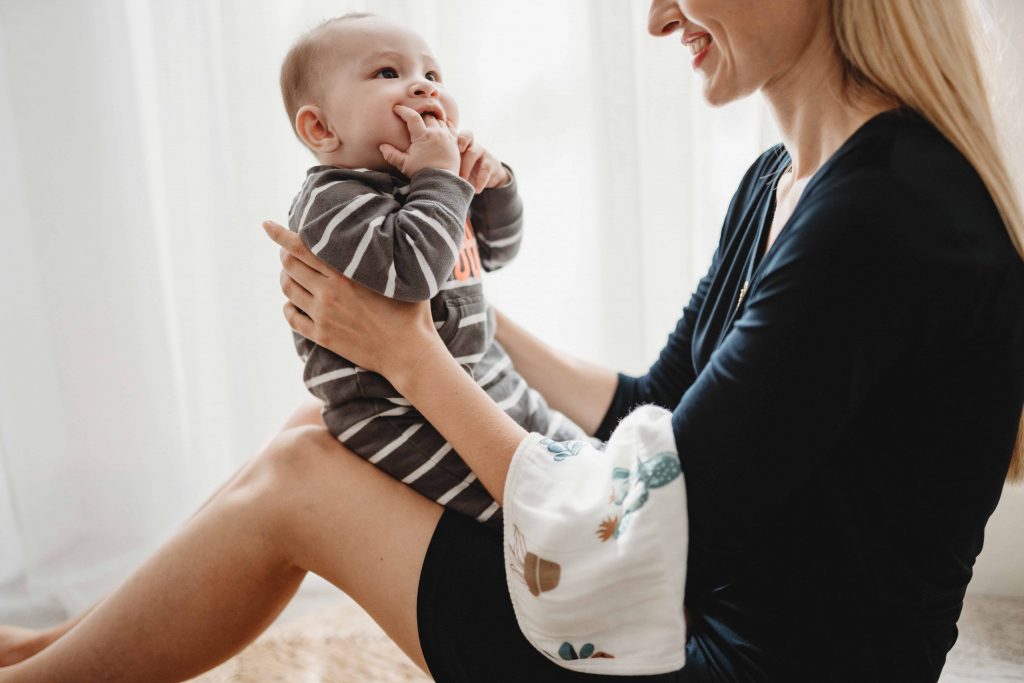
What are the Benefits of Babywearing
The benefits of babywearing are endless. Whether you’re a busy stay-at-home mom or enjoy being outside and hiking frequently, this allows your little one to be close while you do what is necessary for yourself. Aside from keeping an eye on them, it also provides these other perks:
- A healthier bond with you and your baby. If you thought you wanted to spend all of your time with your newborn, your lovely little one most certainly feels the same way about you. Babies are used to the safe and warm environment inside your tummy, and carrying them helps them adjust after birth.
- Allows you to move more freely. More and more parents are opting to wear their babies while they go about the day. Carrying your child can be difficult, as much of our time is spent doing things that require us to use both hands — like shopping or housework! But with babywearing, you don’t have this problem because it allows for being mobile, outside, such as taking walks or going out running errands.
Allows you to go hands-free and do the things you love. You won’t have to neglect your passion and hobbies. Isn’t it wonderful to think that your baby is always there with you and is involved in the things that you love to do? I’m pretty sure your sweet little one will love that too.
What are the Types of Baby Carriers Available in Stores
Modern technology and design have considerably improved baby carriers for both parents, who will be able to take care of their child while going about daily tasks more easily. The best carrier this year which might have won multiple awards may quickly be dethroned by another one next year. That was certainly my experience when I was researching before having our firstborn son! There are multiple types available in stores or online that fit your lifestyle needs as well! Here’s a rundown of all the different carriers available, their pros, cons, and things you should look for before buying it.
Solid Structured Carriers
Also known as backpack carriers. These are designed for wearing like a backpack, usually outdoors. It’s best used for out-of-the-house activities such as grocery shopping, extended shopping trips, and even long hikes and trekking. It’s a great alternative for strollers when you want a quick walk in the park too.

Pros: Solid structural carriers are the most durable and strong because they are more likely to be used for rugged activities. It features a sturdy build, long-lasting buckles, additional pockets and pouches, and good support for long-term use. These carriers are well-equipped, best for active parents that love to hike and do long walks.
Cons: Since it’s designed for the outdoors and built with extra-durable materials, this type of carrier is bigger, heavier, and more expensive. It may not be ideal for parents with petite frames because these carriers are often larger and might cause balance problems.
What to look for: When buying solid structured carriers, parents should always consider their baby’s size. Typically, these carriers have weight and height restrictions, especially if your baby is a newborn. Some carrier brands are not yet ideal to be used for babies of this age. Parents should also think about how much the carrier can be adjusted and modified for the comfort of the wearer. Look for styles with a padded waist belt that provides good lumbar and lower back support that will help you wear your baby for an extended period of time.
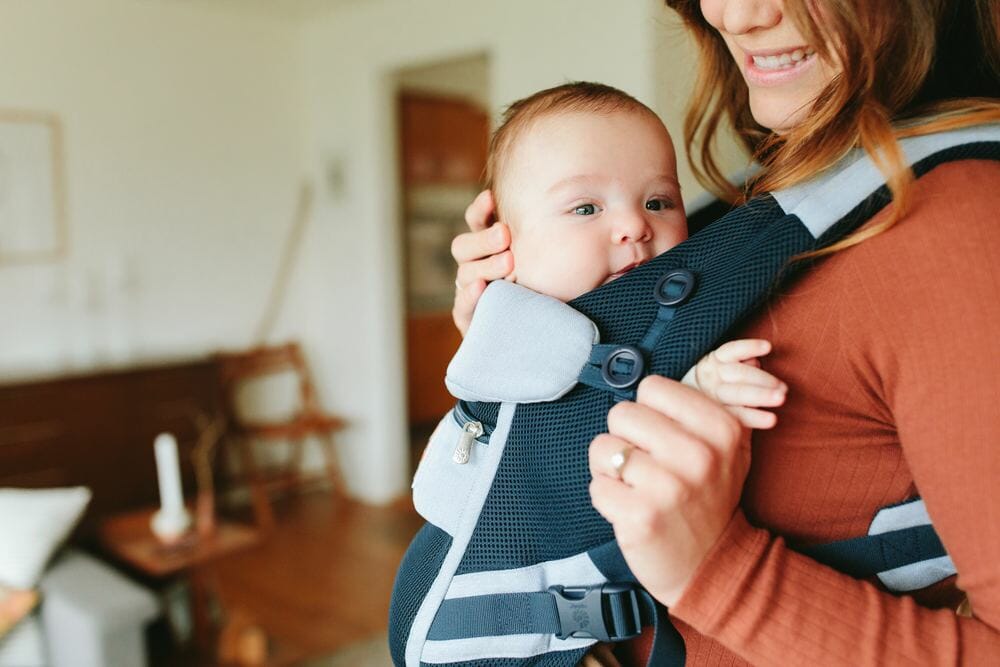
Baby Sling Wraps
Baby wraps are entirely different from structured and soft-structured carriers. It is a long piece of fabric that you tie and knot around yourself to form a pocket on your chest, hip, or back, where your baby can rest. Typically, the fabric wraps around your shoulders and around your waist. This is the simplest and most traditional form of baby carrier, and it’s ideal for parents who value the natural bonding experience.
Pros: It is very flexible and allows you to do many styles of carrying. You may carry your baby in front, on your hip, or on your back, which is perfect for newborns and toddlers. Many brands in the market have a wide range of fabric materials that are both comfy for you and your child. Since the focus of the design is the fabric, this type of carrier is also less expensive than others.
Cons: The baby wrap seems like a type of baby carrier, but some brands and styles take a while to get used to. Tying and knotting can be challenging, and parents usually need to practice it with a companion for the first few tries. Since baby wraps are made of cloth, it serves as an extra layer to the clothes you’re wearing. It has the potential to become hot and uncomfortable for parents and the baby.
What to look for: Parents should look for fabrics that are soft, breathable, and gentle on the skin. Look for air mesh fabrics, which are perfect for hot weather and during summer. Parents should also think about the wrap’s size to avoid having to have loose cloth dangling when they walk around. These can cause potential tripping or accidents, so make sure you choose a size that is a great fit for your body. The perfect fit also ensures that you’ll have no added pressure on your back area while carrying your baby. Make sure to choose a size that allows your baby to adjust, like the “C” position with their back, and the “M” position with their legs.
Ring Slings
Ring slings are baby carriers made from a single piece of fabric that has two rings at one end. The rings help form a pouch for the baby that runs from one shoulder to the other hip. You can wear your baby in front, on your back, or lower, towards your hip. These are great for parents who prefer to carry their babies in a little off-center, upright position. Lastly, if you’re a trendy parent who enjoys fashionable fabrics, there are many styles and designs to choose from.
Pros: Ring slings are the easiest baby carrier to use, which is ideal for new parents and babywearing newbies. The sling can easily be adjusted to fit your body type and baby’s size, making it a secure choice. They are extremely versatile, allowing babies to be in a variety of positions, including upright, facing their parents, with legs slightly wide apart in the “M”’ position. It’s ideal for active kids who need to move around regularly.
Cons: If you’re carrying your little one with a ring sling for too long, it may get uncomfortable and may strain your back and shoulders. If you have a weak back, you might want to invest in an extra item like lumbar support. Since this type of carrier isn’t padded, it’s not recommended for lengthy periods of babywearing.
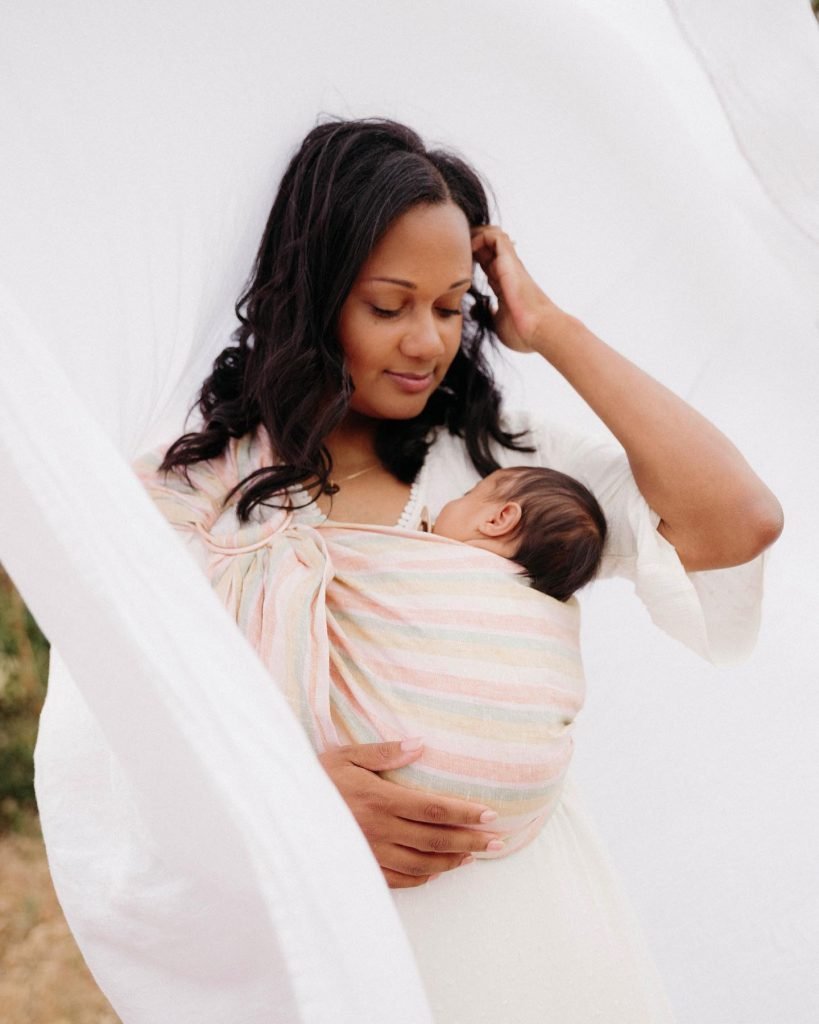
What to look for: Parents should always check the ring sling’s size to ensure that it fits them and their little one perfectly. Choose a cloth that you and your child are most comfortable with. Always check the materials used in the rings as well, since some may rust if washed. Always confirm to see if the sling is machine washable and simple to clean.
Finding the Perfect Fit: Choosing a Carrier that Meets your Needs
When finding the right baby carrier for you and your baby, there are a few things that need checking. Since each person has different needs and priorities when it comes to their child’s safety and comfort, consider all possibilities before making any final decisions on which type of carriers will work best with your lifestyle as well!
Safety and Security
Your top focus should be the safety of your precious little one. Choosing carriers that you can easily manage and confidently use. This will help make sure both parent and baby will enjoy the carrying experience. Both parents and babies should feel safe and secure while babywearing. Choose a carrier that provides sufficient head and neck support for your baby to assure their protection and safety.
Comfort of Baby and Parents
When using a baby carrier, parents and babies should be comfortable. We often babywear for extended periods of time. They want to be more mobile, carry on with their work, complete household chores, or simply move around the home, and so on. Always choose baby carriers with lumbar and back support for the wearer, this may help to make it comfortable to carry babies for lengthy periods of time. Lastly, always choose carriers that allow you to put your baby in an ergonomic and comfortable position.
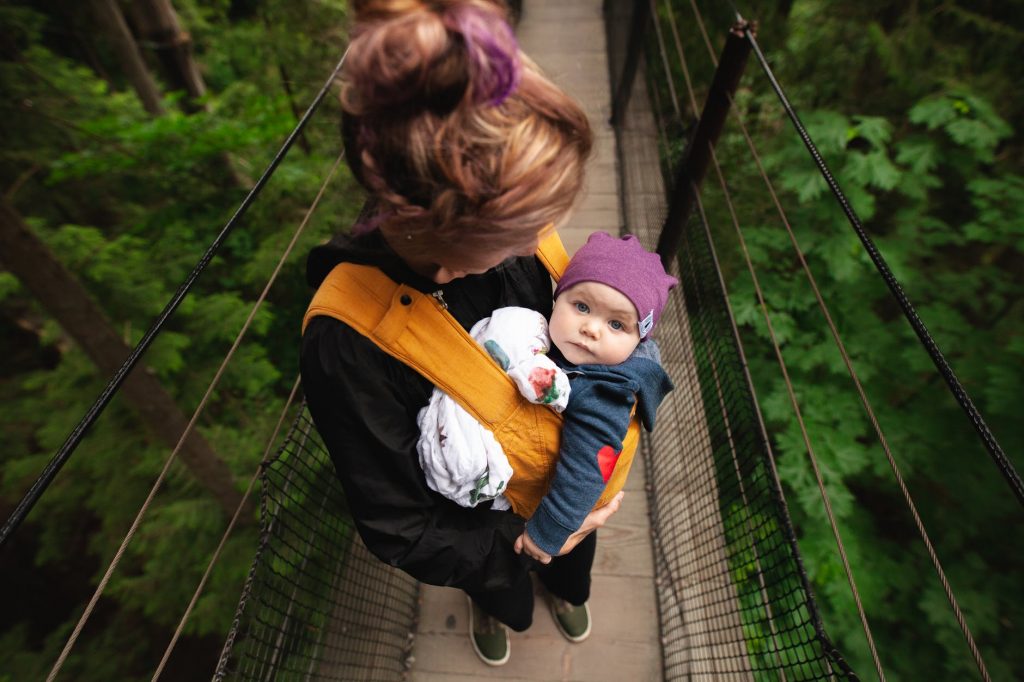
Durable and versatility
Invest in a carrier that can grow with your baby. Baby carriers with a wide range of adjustable sizes will allow you to carry your baby as they grow. Look for ones that you can use from newborn to toddler stage. If you plan on having more kids, choose one that you can use even after a few years.
ASTM certified
You can always check if the baby carrier brand you want to buy has an ASTM certification. The American Society for Testing and Materials sets the standards for material used in these products. It is a scientific and technical organization that develops standards for testing different types of materials and for providing certifications for meeting and maintaining these standards. Its goal is to promote consumers’ safety. It will definitely put your mind at ease and give you confidence that the baby carrier you’ll buy is a high-quality product.
Safety and Security Considerations
It’s important to know how a baby carrier works and what kind of safety precautions you need when using one. For example, some people might want the security of having buckles and belts; while other parents prefer having wider seats for the perfect pouch or compartment. There is no “one size fits all” solution with these types of equipment. Make sure your choice matches up well for both yourself as well any other members in their family who will be taking care of or wearing the baby! Here are just a few general tips that can help keep your little one safe:
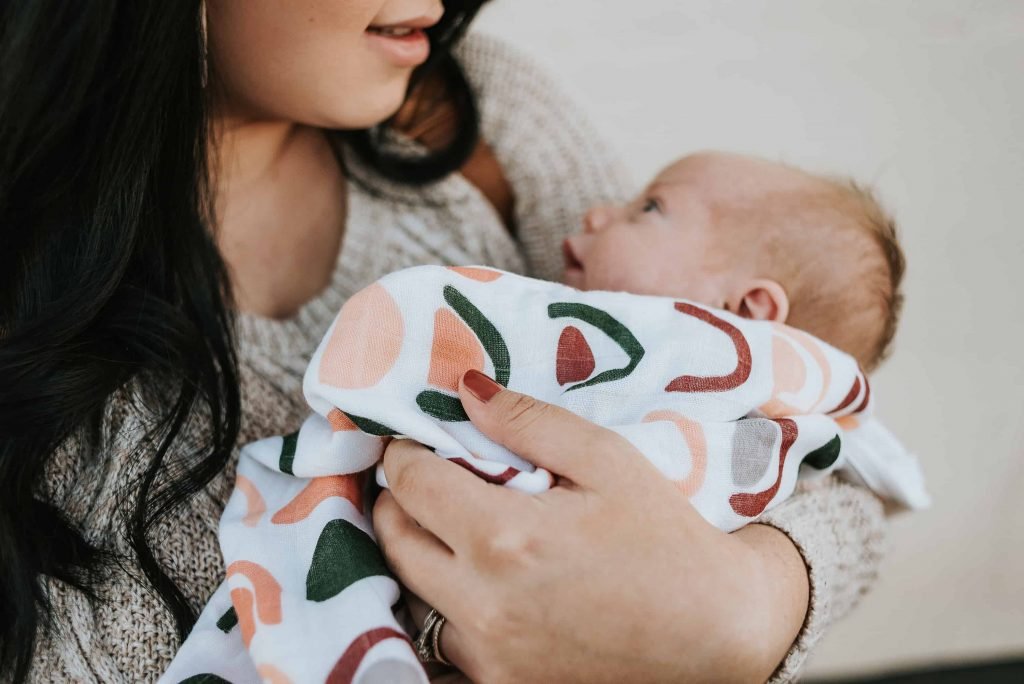
- When shopping for a baby carrier, it is best to bring your baby along. Request that a shop clerk demonstrates how to properly fit the carrier or sling with your infant inside. That way, you can confirm that your baby is comfortable and safe with the carrier.
- Always check the quality of the cloth and materials used in the carriers. Babies have soft and sensitive skin. Some fabrics are abrasive and can cause allergies or cuts.
- Make sure you’re wearing comfortable shoes or sandals that won’t cause you to trip. Balancing your baby is hard enough, and worrying about your balance will be an added worry.
- Choose carriers with lightweight designs or air mesh that allows better ventilation. Especially, if you live in a place with warm or tropical weather. This will help keep your baby cool and fresh.
- Always make sure your baby is secured on their carrier. Check the straps and buckles and make sure they are correctly fastened before moving around.
- If you can, always ask for help and assistance. Be cautious when putting and taking off the carrier. This is when falls are most common.
- Always choose padded carriers with proper lumbar and back support. It will help ensure the wearer’s safety and back health while babywearing for longer periods of time.
- Make sure the straps do not show signs of wear and tear. No matter how sturdy your carrier brand is, it’s always a good idea to check for defects. Especially if you have not used it for a long time, or if you have been using it continuously for a long time.
- If you’re new to using a baby carrier, always ask your partner or someone else to assist you in securing your child.
Avoiding suffocation; Practice the T.I.C.K.S. method
One of the most crucial things to know about babywearing is that infants can suffocate if they’re not held correctly. It’s easy for babies’ faces and necks to get covered by their sweat, which makes it hard for them to breathe freely in a garment like loose clothes or blankets with sleeves pushed up over headgear. There are tricks you should use when babywearing. You can use the T.I.C.K.S method to keep your baby :
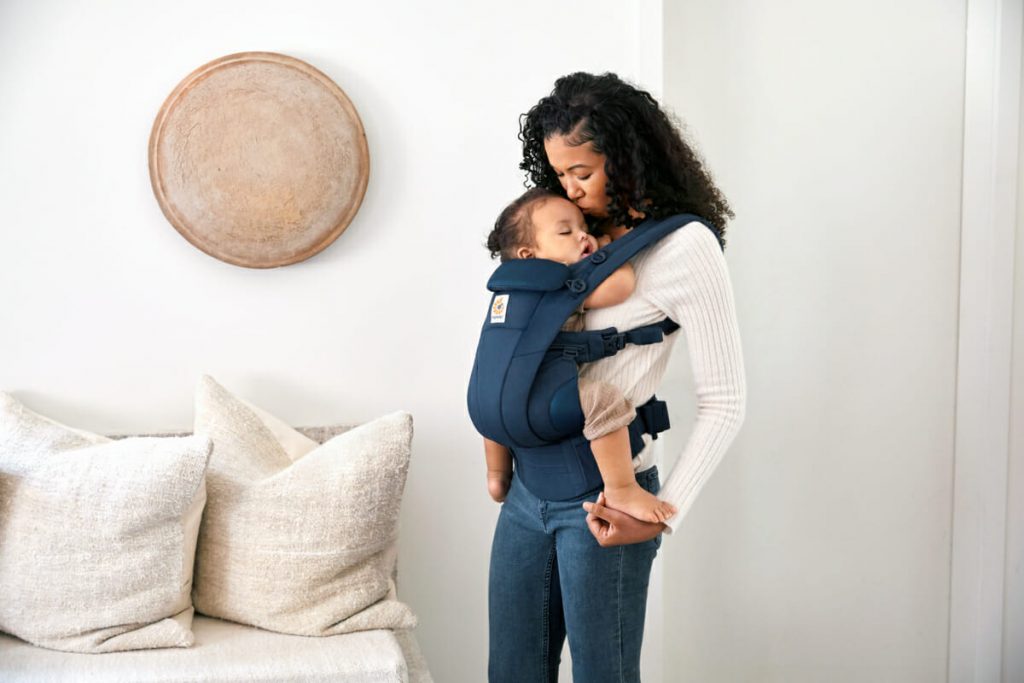
Tight
The sling should be tight with your baby positioned high and upright with head support.
In view at all times
By simply glancing down, you should be able to see your baby’s face. Ensure that the sling and your body do not conceal your baby’s face, nose, or mouth.
Close enough to kiss
Your baby should be close enough to your chin that you can easily kiss their head by tipping their head forward.
Keep chin off the chest
Make sure that your baby’s chin is raised and away from their body. Your baby’s chin should never be forced onto their chest when curled. This can make it difficult to breathe.
Supported back
With their tummy and chest against you, your baby’s back should be supported in a natural position. When bending over, place one hand behind your baby’s back to support them. Bend your knees, not your waist.
Using Baby Carriers According to Your Lifestyle
Babywearing has been around since ancient times, and it can make the lives of modern moms and dads easier, especially when they want to be more mobile and take turns dealing with chores, work, and giving each other a break. When it comes to raising children, there are many combinations of family size and lifestyle. Some parents have a big household with multiple kids, while others may find themselves in new territory as first-time parents. But regardless of what struggles you face or tasks that need attention at home — babywearing can be your best friend!
Thank you for reading till the end of this article, and stay tuned for our upcoming review of the best carriers available in stores and online!
